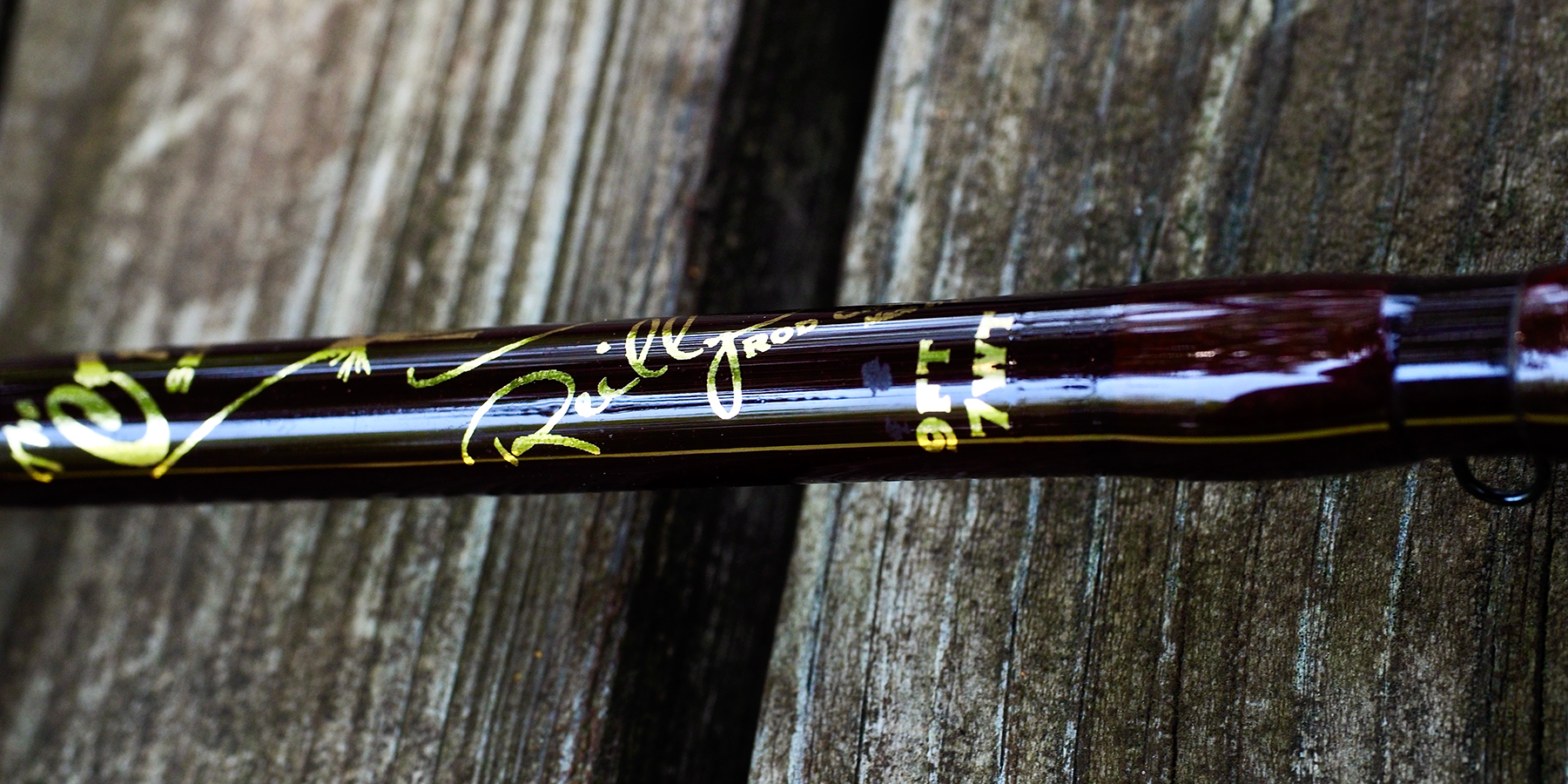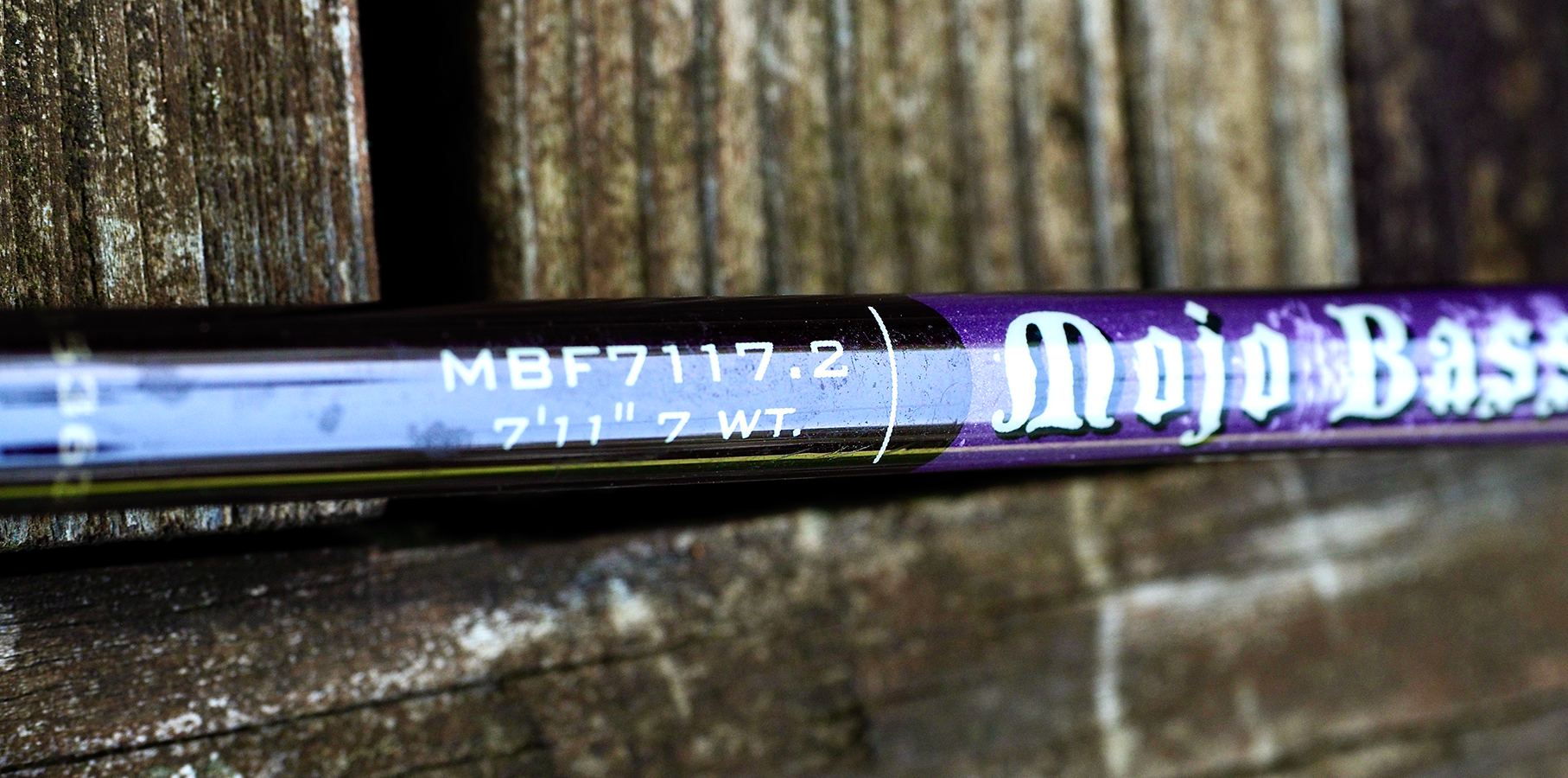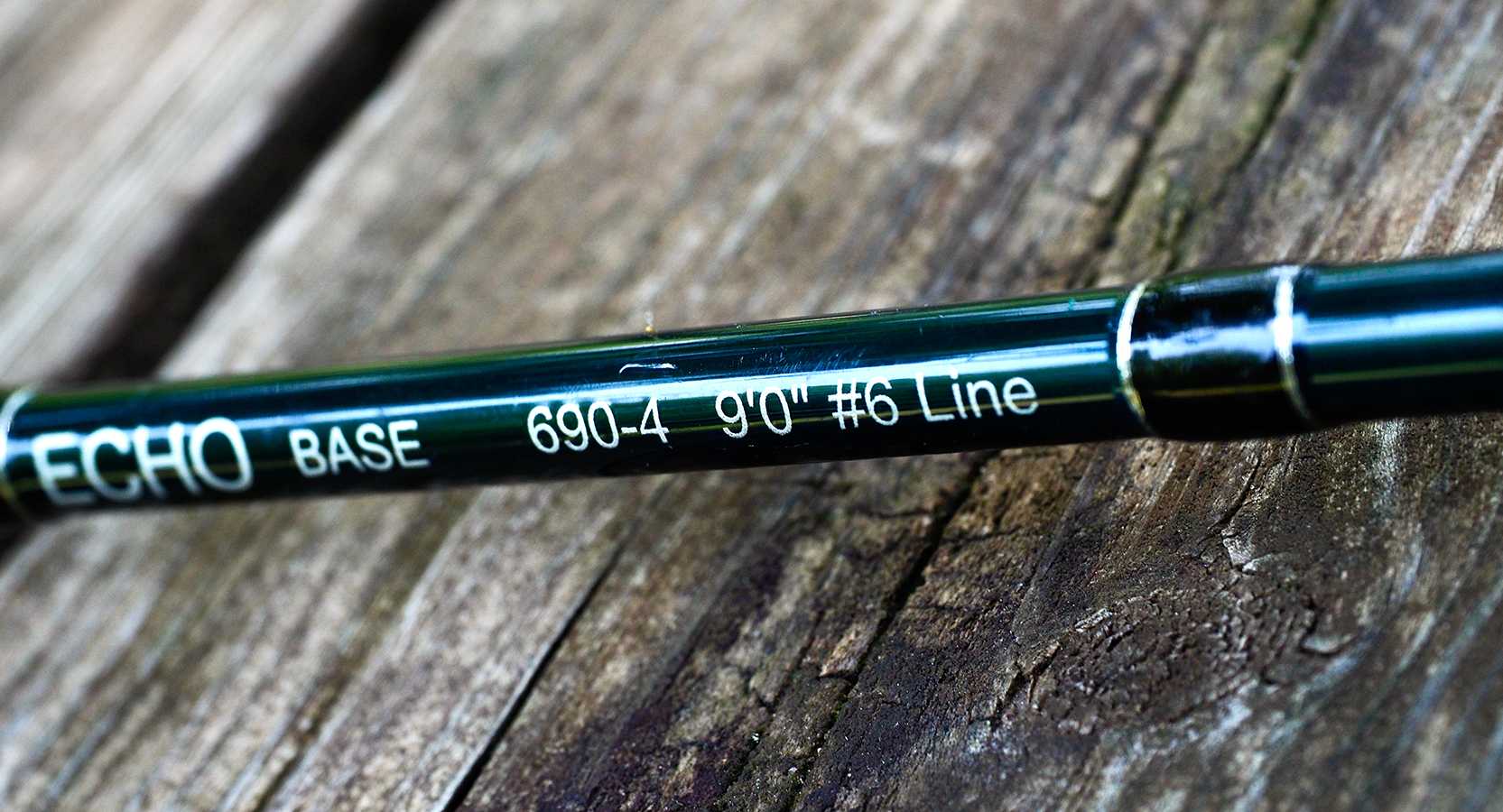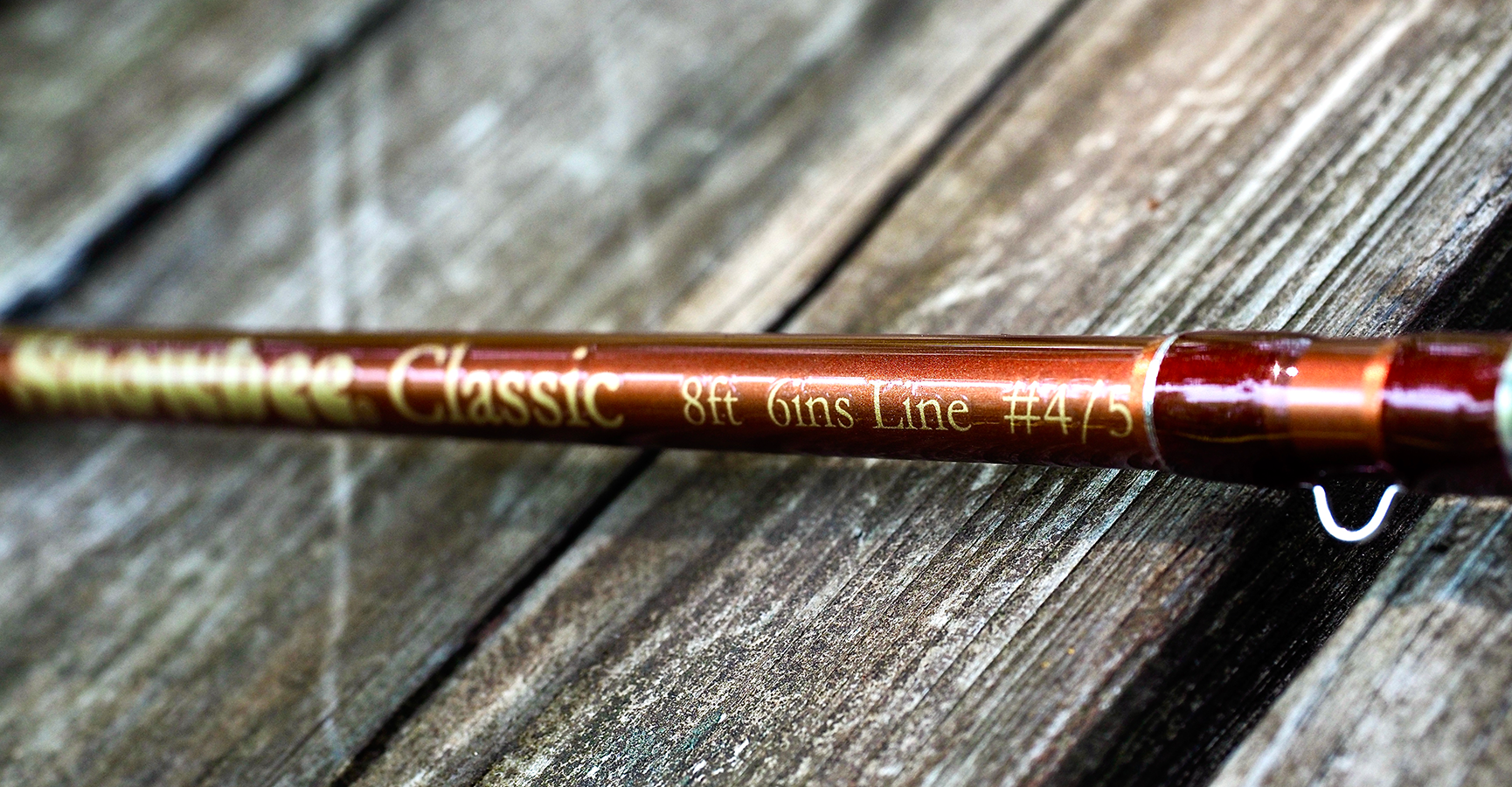Choosing a Bass Rod Rotation
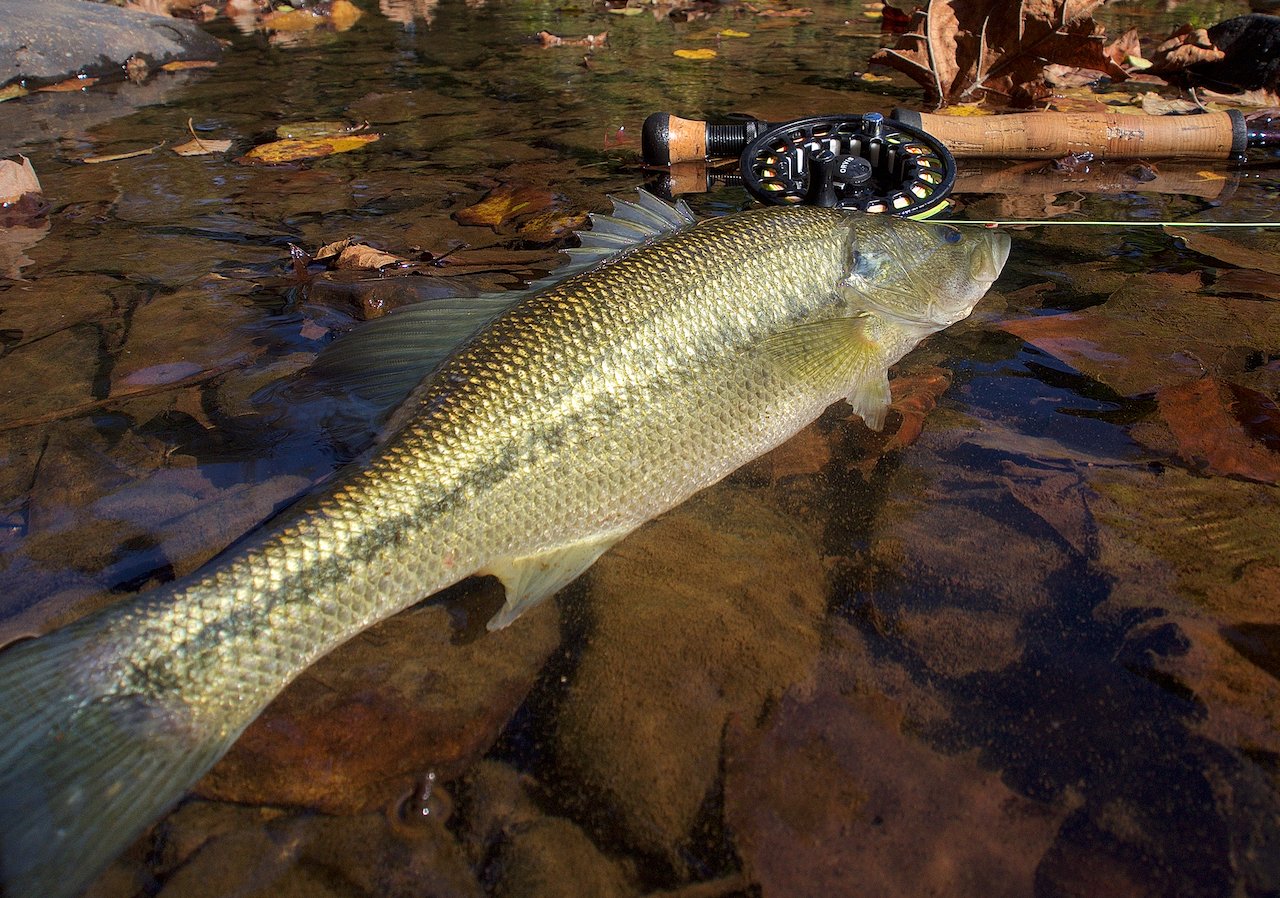
Photo by Johnny Carrol Sain
There is often a “one-size-fits-all” misconception about fly rods for bass. Coming from a baitcasting background, I know that’s just plain silly. Check out the casting deck on any impoundment bass angler’s boat and you’ll find an array of rods at the ready. Different lengths, actions, and line sizes all come into play depending on circumstances ranging from weather, water clarity, species of bass pursued, and the local favorite forage. This same philosophy applies to creek bassin’ with fly rods. Sure, you can grab a 6-7 weight rod, a pocketful of poppers and buggers, and likely catch some fish. But you’ll never be as effective or enjoy the experience as much as you could if you were casting a rod chosen specifically for the situation at hand.
My home waters span a spectrum of bass habitat and bass species. To the north, cool, rocky, and clear Ozark streams are home to Neosho strain smallmouth bass that rarely stretch more than 15 inches but fight like they’re 20. Just a few miles both east and west, slower, murkier, tree-choked, cottonmouth-infested creeks writhe with spotted bass that pull like lateral-lined bulls and demand pinpoint casting into tight pockets. And just down the road—within literal walking distance from my house—Piney Creek merges with the Arkansas River, offering opportunities for big largemouths if you can pry them out of the soggy logjams and water willow thickets.
But woe to the angler trying to pull a 7-pound largemouth over a log with his 5-weight. And winching in a 10-inch smallie from tiny headwaters won’t be much fun on the 9-weight. When the best fly is a smaller fly presented with a soft landing because the water is clear and the fish are spooky, the daintiest rod I own is the best option to deliver the goods. But when I plan to throw a heavy-headed, rabbit-furred creation that doesn’t look a lot different than the Texas-rigged plastic baits of my baitcasting days, I’ll reach for the 9-weight. Although within the middle of these extremes is where I spend the bulk of my fishing time, it’s nice to have options, and I have five rod options at my disposal. Three are tools for certain applications and two can handle almost everything, though, with some shortcomings
Despite the different weight classes, all of my rods are what I would describe as medium to moderately fast. All of my reels are spooled with weight-forward, bass-taper floating line except for the 4/5-weight, which is spooled with Snowbee’s Thistledown line, a much thinner line that contributes to minimal line disturbance. On all setups, I use straight tippet from line to fly (although after viewing Alvin’s video I might reconsider this) ranging from 30-pound down to 5x and occasionally a tapered leader on my smallest rod.
It’s difficult to write a piece like this without a few words about the brand, make, and model of rods in my rotation, but I’ve tried to keep that to a minimum. This gear guide is really about the applications of different rod weights for bass along with pros and cons for each.
9-Weight
Pros:
Power for slinging the meatiest flies
Strength for horsing the pot-belliedest bass
Cons:
Heavy
Too much rod for most applications
My beastmaster rod is a 9-foot, 9-weight Redington Vice originally procured for redfish. This is my fastest rod and most of the time it’s overkill for bass. But when I know big fish will be found in terrible places, this is the rod I grab. Blind casting the Vice is tiresome, but sight fishing is usually out of the question when conditions dictate its use. So with the 9 in hand, I strategically choose targets likely to hold bass and use flies like poppers or heavy bottom bouncers that tend to linger in the strike zone longer.
I usually use 20-30-pound tippet with the 9 and feel confident that outside of a monstrous flathead catfish, there is nothing in the creek it can’t tame. Turning a 5-pound largemouth hellbent for deep cover is well within its capabilities.
Long 7-Weight
Pros:
Still plenty of power and strength but in a more nimble and “fun” package
Cons:
More length means more weight and that means less fun while blind casting
I’ve got a 9-foot, 7-weight Chuck Kraft Signature Series from Reilly Rod Crafters that feels more substantial than it claims to be. Every year, I say I’m going to overline it with 8-weight string because I think it craves that extra heft. Since it performs so well with 7, though, I haven’t got around to it. I use this rod for largemouth pursuits in more open settings. The length makes picking up line while standing in a pad patch or mass of water willow easier, and I can manage any fly in my box with ease.
This is a solid big fly/big fish rod, and likely I never really “need” the 9. But I’m always worried that that thinking will come back to bite me one of these days. That being said, I’ve never felt close to undergunned with the long 7-weight.
Short 7-Weight
Pros:
Jack-of-all-trades can do everything even if not as well as more specialized rods
A comfortable companion for all-day fishing
Cons:
I can’t think of any
My 7-weight, 7 foot 11-inch St Croix Mojo is like a time machine for this Gen-Xer. It feels so much like my favorite baitcasting rod from days-gone-by that sometimes when I’m casting it I swear I can smell the soft purple aroma of Mann’s Grape Jelly Worms fresh from the package. Fun fact: St. Croix made these models just under 8-feet long specifically for bass tournament eligibility.
This is my stick of choice for spotted bass on those claustrophobic creeks with steep sides and fly-catching branches in the way of every backcast. This rod still has plenty of muscle to turn broad fish, but I can cast with more touch and its shorter length helps keep my poppers out of those branches… mostly. It doesn’t get a lot of play for smallmouth except when the cicadas are in full throat and smallies are keying on big poppers, which is a lesson I learned the hard way and explained in the 6-weight section. A short 7-weight is a comfortable rod and can handle almost any fly you need and any bass you hook. In fact, I sometimes choose it when another option might be better just because it feels so good and fishes so well. If I had to select one rod for all of my bass fishing it would be a short 7-weight.
6-Weight
Pros:
A near-perfect blend of strength, power, and physical weight for all-day smallmouth bass wades
Cons:
Though the odds are largely in its favor, a 6 can be overpowered by “surprise” fish in gnarly cover
One of my favorite smallmouth creeks has cover ranging from lily pads to log jams to boulders. I pull most smallmouth off the rocks. But when the cicadas are out, any cover near overhanging branches is likely to hold fish. And right near some overhanging branches, behind a log, and in the middle of a pad patch— a trifecta of trouble—is where I saw the huge swirl. I had to cast to it. The take was subtle but the reaction after hookup was not. The bass (this creek does have largemouth and spots, but I still think it was huge smallmouth) immediately dove deep into the thicket. While I tried to turn it with my suddenly puny-feeling 6-weight, the outcome was already clear. Less than a second later, the fish was embedded and a second after that busted off. I was reasonably sure that that wouldn’t have happened with a 7-weight rod.
Despite this one shortcoming, I love my 9-foot, 6-weight Echo Base, which apparently Echo doesn’t make any more (I assume the Ion XL took it’s place). That makes me sad because this is my smallmouth-creek wife—the rod that goes with me almost everywhere and has stuck by my side despite the hell I’ve put her through. The 6-weight performs like a champ with smallish flies on up to medium-heavy Clousers and can even handle puffy size-2 poppers. And it’s simply a darling in my hand all day long. If I had to choose one rod for smallmouth, it would be a 6-weight… and I would still cast it to fish in questionable locations because most of the time it’s plenty of rod for any smallmouth in the creek.
4/5-Weight
Pros:
A more delicate tool for more sensitive fish
Casting is like waving a feather
Cons:
None as long as you understand and accept the limitations
I would have never cast to the big swirl in that nasty mess with my 8’6” Snowbee Classic 4/5 weight. I would have never even brought it to that particular stretch of that particular creek. I have a clear understanding that the 4/5 is no match for those fish and where they live.
The 4/5-weight is my stealth rod for smallmouth operations in moonshine-clear headwaters when I’m throwing smaller flies and need near-splashless presentations. On these outings, I wear olive green or even camouflage clothing and slip within range of fish as if stalking a gray squirrel while clutching my .22. This is hunting more than fishing, and one clumsy cast can mean a ripple too big. And that means the jig is up for this particular pool or riffle. The smaller rod simply makes casting appropriate flies quietly easier and catching 8-inch smallmouth more fun

